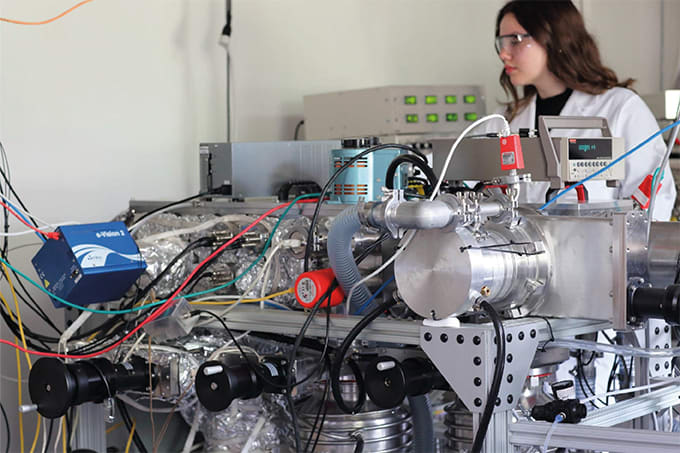In June 2016, the FDA announced new draft guidance on reducing elemental impurities in drug products. Elemental impurities can make their way into a drug product from various points in manufacturing processes – and in some cases can be a risk to patients. The aim of the guidance is to help manufacturers of both new and generic small-molecule drugs to comply with recent standards introduced by the International Council for Harmonization (ICH) and US Pharmacopeial Convention (USP). These standards, which are established in USP General Chapters <232> Elemental Impurities – Limits, and <233> Elemental Impurities – Procedures, as well as ICH Q3D – Guideline for Elemental Impurities, come into full effect at the start of 2018 and place drug elemental impurities into various new hazard categories based on their toxicity (permitted daily exposure [PDE]) and likelihood of occurrence in the drug product, which is derived from a number of factors including probability of use in pharmaceutical processes, probability of being a co-isolated impurity with other elemental impurities in materials used in pharmaceutical processes, and the observed natural abundance of the element.
To comply with the new guidelines, companies will need to carry out a detailed risk assessment of their materials using the new categories. For non-experts, the subject of elemental impurities can be daunting; extensive expertise is needed to effectively characterize elemental impurities, including the development and validation of appropriate assays. Traditionally, wet chemical tests have been used for the determination of heavy metals in drug products but, in my view, inductively coupled plasma-optical emission spectroscopy (ICP-OES) and inductively coupled plasma-mass spectroscopy (ICP-MS) are much better approaches since they offer improved elemental specificity, accuracy, and sensitivity – as well as the added confidence that comes from targeted quantitative data. Not only are these techniques well placed to ensure that materials meet the new compliance criteria, they are also already well used in the industry. But is the industry ready for the new guidelines and the increased use of these techniques? I am not so sure. The typical remit of today’s pharmaceutical quality control laboratories does not normally include delivery of large volumes of ICP-OES/ICP-MS drug product testing. To succeed, experience and knowledge will be key. Scientists will need to understand how to develop both limit and quantitative test methodologies for a wide range of sample matrices, as well as being able to effectively use specialized sample preparation techniques and digestion regimes. Metal speciation is also challenging and requires the use of either intricate targeted sample preparation to solubilize only the desired species or chromatographic separation, followed by ICP-MS as an ion detector. The latter approach is becoming more common within inorganic laboratories as techniques such as HPLC-ICP-MS become more affordable and accessible.
Companies will need to implement a control strategy to ensure that their drug products meet the new guidelines, which may range from purely paper-based risk assessments (if manufacturing controls and existing elemental impurity data are sufficient) to analytical screening of complete product portfolios. Where initial risk assessments highlight potential control issues, targeted analysis of specific products or components may be necessary. Screening involves examining at least 24 elemental impurities at 30 percent PDE in multiple dosage forms with multiple maximum daily doses. I believe the risk of elemental impurities being present in the majority of final products is generally low because of existing manufacturing and supply chain controls. However, providing sufficient evidence for this within an ICH Q3D risk assessment without the use of screening data can be difficult – especially given the lack of existing elemental impurity data for many product components. In higher risk scenarios – for example where the patient is exposed to exceptionally high doses, or where products contain significant quantities of natural, mined excipients – provision of adequate evidence is even more important. The finalization of ICH Q3D, and the associated implementation of USP <232> and <233>, has been a long drawn out process. Some in the industry have been slow to react to the forthcoming changes and many others still do not understand the guideline’s requirements. But we’re now over half way through 2017 and the 2018 deadline is looming...




